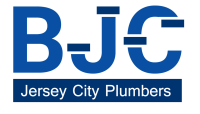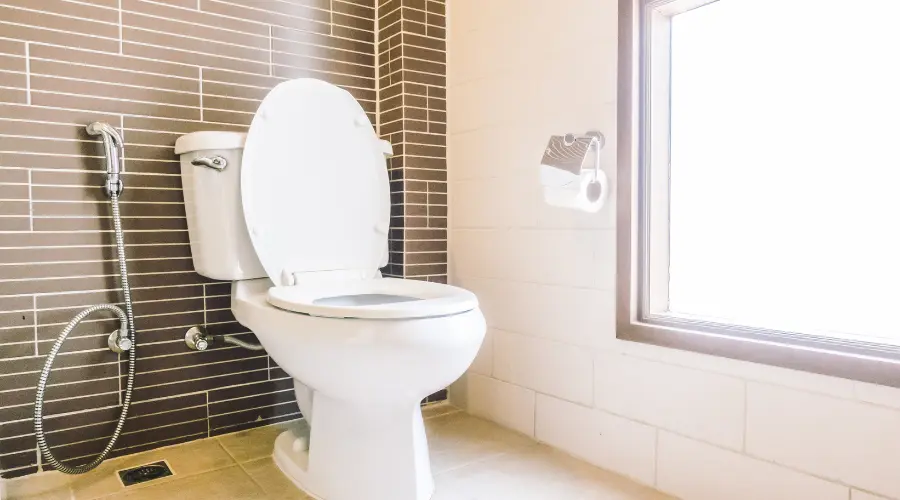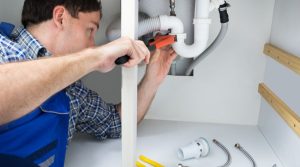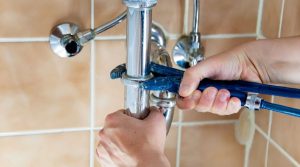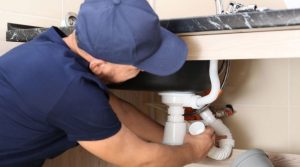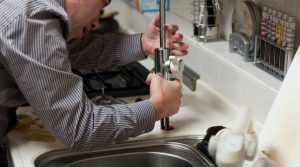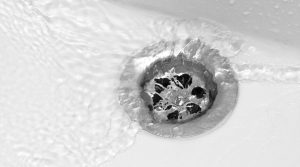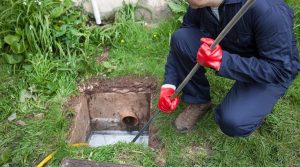Key Takeaways:
- A slow-filling toilet can indicate clogged vents, blocked drains, faulty plumbing, or low water pressure.
- DIY solutions include clearing blockages, checking the fill valve, and inspecting plumbing connections.
- Professional plumbers can resolve persistent issues that DIY fixes cannot address.
- Regular maintenance can prevent slow-filling toilet issues and ensure water efficiency.
Understanding Why Your Toilet Fills Slowly
A slow-filling toilet may seem like a minor nuisance but can indicate an underlying plumbing issue. This problem can lead to wasted water, higher utility bills, and potential long-term plumbing damage. By understanding the common causes and solutions, you can address the problem effectively and prevent future occurrences.
Common Causes of a Slow-Filling Toilet
1. Clogged Vent System
Your plumbing system includes vents that allow air to escape, ensuring proper water flow. A blockage in the vent can slow the refill process, causing inefficient flushing and tank filling.
Potential Blockages:
- Leaves and outdoor debris
- Animal nests
- Dirt buildup
Solution:
- Inspect the roof vent for visible blockages.
- Use a plumber’s snake or needle-nose pliers to clear obstructions.
- Flush the vent with water to confirm it’s clear.
2. Clogged Drain or Fill Valve Issues
Sediment buildup and debris can clog the toilet tank’s fill valve or drain, restricting water flow into the tank.
Solution:
- Pour a mixture of baking soda and vinegar into the toilet tank.
- Wait 10 minutes and then flush with boiling water.
- If necessary, remove the fill valve and clean it with a brush.
3. Poor Plumbing Installation or Leaky Pipes
Improper plumbing installations or leaks can significantly reduce water pressure, resulting in a slow-filling toilet.
Solution:
- Check for visible leaks around plumbing connections.
- Tighten loose fittings with a wrench.
- Use plumbing tape to seal small leaks.
- For significant issues, contact a plumber.
4. Blocked Water Supply Line
If the water supply line is partially clogged, water flow to the toilet tank will be restricted.
Solution:
- Turn off the water supply.
- Disconnect the water supply hose and check for debris.
- Clean or replace the hose if necessary.
5. Faulty Fill Valve
The fill valve regulates water flow into the tank. A malfunctioning valve can slow down the refill process.
Solution:
- Adjust the fill valve height to allow proper water entry.
- If damaged, replace the fill valve with a new one.
DIY Fixes for a Slow-Filling Toilet
Clear a Blocked Vent
Tools Needed: Plumber’s snake, needle-nose pliers, hose
- Locate the vent opening on your roof.
- Remove visible debris by hand or with pliers.
- Insert a plumber’s snake to clear deeper obstructions.
- Flush the vent with water to ensure complete clearance.
Unblock the Drain or Fill the Valve
Tools Needed: Baking soda, vinegar, boiling water, plunger
- Add one cup of baking soda and vinegar to the toilet tank.
- Let the mixture sit for 10 minutes.
- Pour six cups of boiling water down the drain to dissolve the buildup.
- Test the toilet flush. If the problem persists, use a plunger.
Fix Plumbing Leaks
Tools Needed: Plumbing tape, wrench, bucket
- Turn off the water supply.
- Inspect plumbing connections for leaks.
- Tighten loose fittings with a wrench.
- Apply plumbing tape to minor leaks.
- If leaks persist, consult a professional plumber.
Remove Pipe Obstructions
Tools Needed: Plunger, boiling water, plumbing snake
- Use a plunger to dislodge blockages.
- Pour boiling water down the pipe to break down debris.
- If the problem remains, insert a plumbing snake to remove deeper clogs.
When to Call a Plumber
If DIY methods fail to resolve the issue, it’s time to seek professional help. Persistent slow-filling toilets may indicate deeper plumbing issues that require specialized tools and expertise.
Signs You Need a Plumber:
- No improvement after multiple DIY attempts.
- Frequent clogs or ongoing slow-filling problems.
- Water pressure issues throughout the home.
- Visible signs of pipe damage or leaks.
Frequently Asked Questions (FAQs)
1. Why does my toilet fill slowly after a flush?
A blocked vent, clogged drain, or leaky plumbing connections typically cause a slow-filling toilet.
2. Can I use chemical cleaners to fix the problem?
While chemical drain cleaners can clear clogs, they may damage pipes over time. Natural alternatives like baking soda and vinegar are best or seek professional assistance.
3. How can I prevent my toilet from filling slowly in the future?
Regular maintenance, including checking vents and drains for blockages and inspecting plumbing connections, can prevent slow-filling issues.
4. Is a slow-filling toilet wasting water?
Yes, prolonged filling times can lead to unnecessary water waste and increased utility bills.
5. How much does it cost to fix a slow-filling toilet?
DIY solutions are often low-cost. However, professional plumbing services can range from $100 to $300, depending on the severity of the issue.
Why Choose BJC Plumbers Jersey City?
BJC Plumbers Jersey City specializes in toilet repair and replacement services. Our team offers fast and reliable solutions, whether you’re dealing with a slow-filling toilet or other plumbing concerns.
Contact us today at (201) 885-7265 for expert assistance.
By addressing slow-filling toilets promptly, you can enjoy an efficient and hassle-free bathroom experience while conserving water and keeping your utility bills in check.
